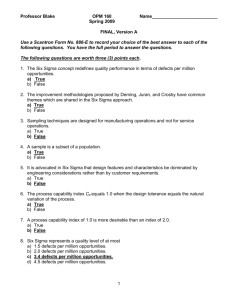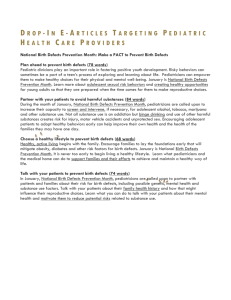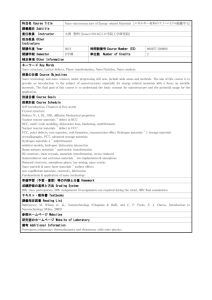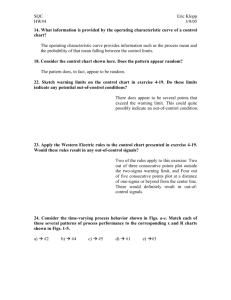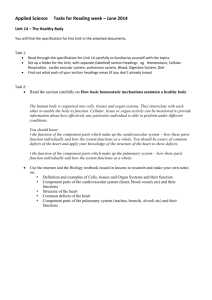Project Management Forumula Worksheet for
advertisement
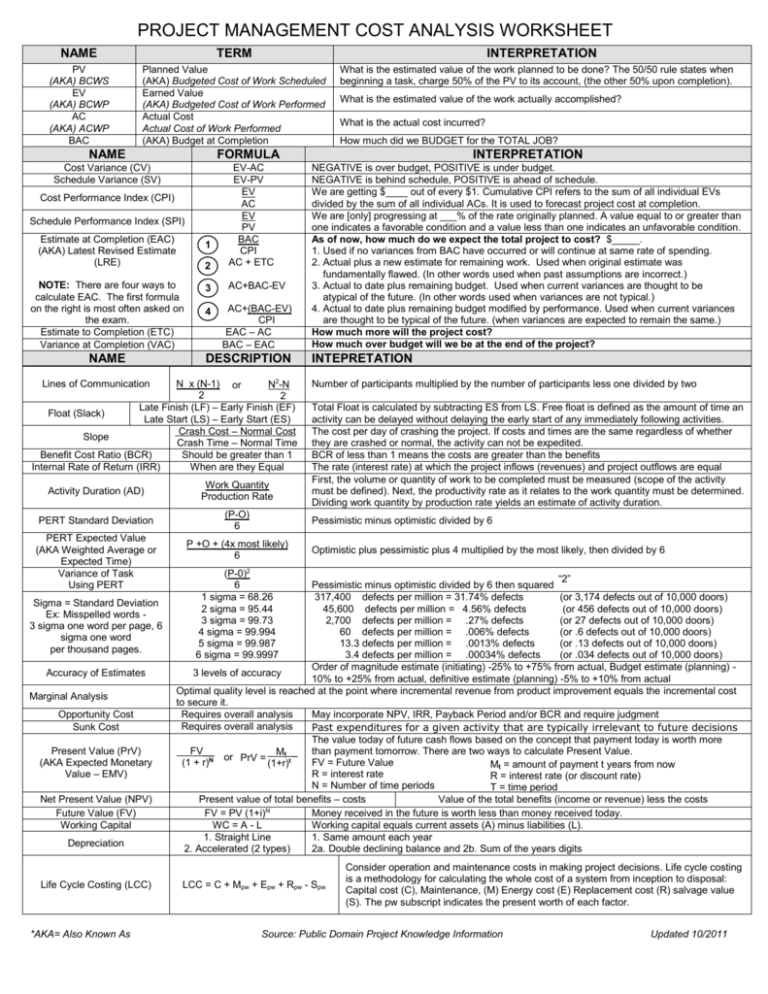
PROJECT MANAGEMENT COST ANALYSIS WORKSHEET NAME TERM PV (AKA) BCWS EV (AKA) BCWP AC (AKA) ACWP BAC Planned Value (AKA) Budgeted Cost of Work Scheduled Earned Value (AKA) Budgeted Cost of Work Performed Actual Cost Actual Cost of Work Performed (AKA) Budget at Completion INTERPRETATION What is the estimated value of the work planned to be done? The 50/50 rule states when beginning a task, charge 50% of the PV to its account, (the other 50% upon completion). What is the estimated value of the work actually accomplished? What is the actual cost incurred? How much did we BUDGET for the TOTAL JOB? NAME FORMULA INTERPRETATION Cost Variance (CV) Schedule Variance (SV) 2 EV-AC EV-PV EV AC EV PV BAC CPI AC + ETC 3 AC+BAC-EV 4 AC+(BAC-EV) CPI EAC – AC BAC – EAC NEGATIVE is over budget, POSITIVE is under budget. NEGATIVE is behind schedule, POSITIVE is ahead of schedule. We are getting $____ out of every $1. Cumulative CPI refers to the sum of all individual EVs divided by the sum of all individual ACs. It is used to forecast project cost at completion. We are [only] progressing at ___% of the rate originally planned. A value equal to or greater than one indicates a favorable condition and a value less than one indicates an unfavorable condition. As of now, how much do we expect the total project to cost? $_____. 1. Used if no variances from BAC have occurred or will continue at same rate of spending. 2. Actual plus a new estimate for remaining work. Used when original estimate was fundamentally flawed. (In other words used when past assumptions are incorrect.) 3. Actual to date plus remaining budget. Used when current variances are thought to be atypical of the future. (In other words used when variances are not typical.) 4. Actual to date plus remaining budget modified by performance. Used when current variances are thought to be typical of the future. (when variances are expected to remain the same.) How much more will the project cost? How much over budget will we be at the end of the project? Cost Performance Index (CPI) Schedule Performance Index (SPI) Estimate at Completion (EAC) (AKA) Latest Revised Estimate (LRE) 1 NOTE: There are four ways to calculate EAC. The first formula on the right is most often asked on the exam. Estimate to Completion (ETC) Variance at Completion (VAC) NAME DESCRIPTION N x (N-1) or N2-N 2 2 Late Finish (LF) – Early Finish (EF) Float (Slack) Late Start (LS) – Early Start (ES) ________________ Crash Cost – Normal Cost Slope Crash Time – Normal Time Benefit Cost Ratio (BCR) Should be greater than 1 Internal Rate of Return (IRR) When are they Equal Lines of Communication Activity Duration (AD) Work Quantity Production Rate PERT Standard Deviation (P-O) 6 PERT Expected Value (AKA Weighted Average or Expected Time) Variance of Task Using PERT Sigma = Standard Deviation Ex: Misspelled words 3 sigma one word per page, 6 sigma one word per thousand pages. Accuracy of Estimates Marginal Analysis Opportunity Cost Sunk Cost Present Value (PrV) (AKA Expected Monetary Value – EMV) Net Present Value (NPV) Future Value (FV) Working Capital Depreciation Life Cycle Costing (LCC) *AKA= Also Known As INTEPRETATION Number of participants multiplied by the number of participants less one divided by two Total Float is calculated by subtracting ES from LS. Free float is defined as the amount of time an activity can be delayed without delaying the early start of any immediately following activities. The cost per day of crashing the project. If costs and times are the same regardless of whether they are crashed or normal, the activity can not be expedited. BCR of less than 1 means the costs are greater than the benefits The rate (interest rate) at which the project inflows (revenues) and project outflows are equal First, the volume or quantity of work to be completed must be measured (scope of the activity must be defined). Next, the productivity rate as it relates to the work quantity must be determined. Dividing work quantity by production rate yields an estimate of activity duration. Pessimistic minus optimistic divided by 6 P +O + (4x most likely) 6 Optimistic plus pessimistic plus 4 multiplied by the most likely, then divided by 6 (P-0)2 6 1 sigma = 68.26 2 sigma = 95.44 3 sigma = 99.73 4 sigma = 99.994 5 sigma = 99.987 6 sigma = 99.9997 “2” Pessimistic minus optimistic divided by 6 then squared 317,400 defects per million = 31.74% defects (or 3,174 defects out of 10,000 doors) 45,600 defects per million = 4.56% defects (or 456 defects out of 10,000 doors) 2,700 defects per million = .27% defects (or 27 defects out of 10,000 doors) 60 defects per million = .006% defects (or .6 defects out of 10,000 doors) 13.3 defects per million = .0013% defects (or .13 defects out of 10,000 doors) 3.4 defects per million = .00034% defects (or .034 defects out of 10,000 doors) Order of magnitude estimate (initiating) -25% to +75% from actual, Budget estimate (planning) 3 levels of accuracy 10% to +25% from actual, definitive estimate (planning) -5% to +10% from actual Optimal quality level is reached at the point where incremental revenue from product improvement equals the incremental cost to secure it. Requires overall analysis May incorporate NPV, IRR, Payback Period and/or BCR and require judgment Requires overall analysis Past expenditures for a given activity that are typically irrelevant to future decisions The value today of future cash flows based on the concept that payment today is worth more FV__ Mt _ than payment tomorrow. There are two ways to calculate Present Value. or PrV = N (1 + r) FV = Future Value (1+r)t Mt = amount of payment t years from now R = interest rate R = interest rate (or discount rate) N = Number of time periods T = time period Present value of total benefits – costs Value of the total benefits (income or revenue) less the costs FV = PV (1+i)N Money received in the future is worth less than money received today. WC = A - L Working capital equals current assets (A) minus liabilities (L). 1. Straight Line 1. Same amount each year 2. Accelerated (2 types) 2a. Double declining balance and 2b. Sum of the years digits LCC = C + Mpw + Epw + Rpw - Spw Consider operation and maintenance costs in making project decisions. Life cycle costing is a methodology for calculating the whole cost of a system from inception to disposal: Capital cost (C), Maintenance, (M) Energy cost (E) Replacement cost (R) salvage value (S). The pw subscript indicates the present worth of each factor. Source: Public Domain Project Knowledge Information Updated 10/2011


